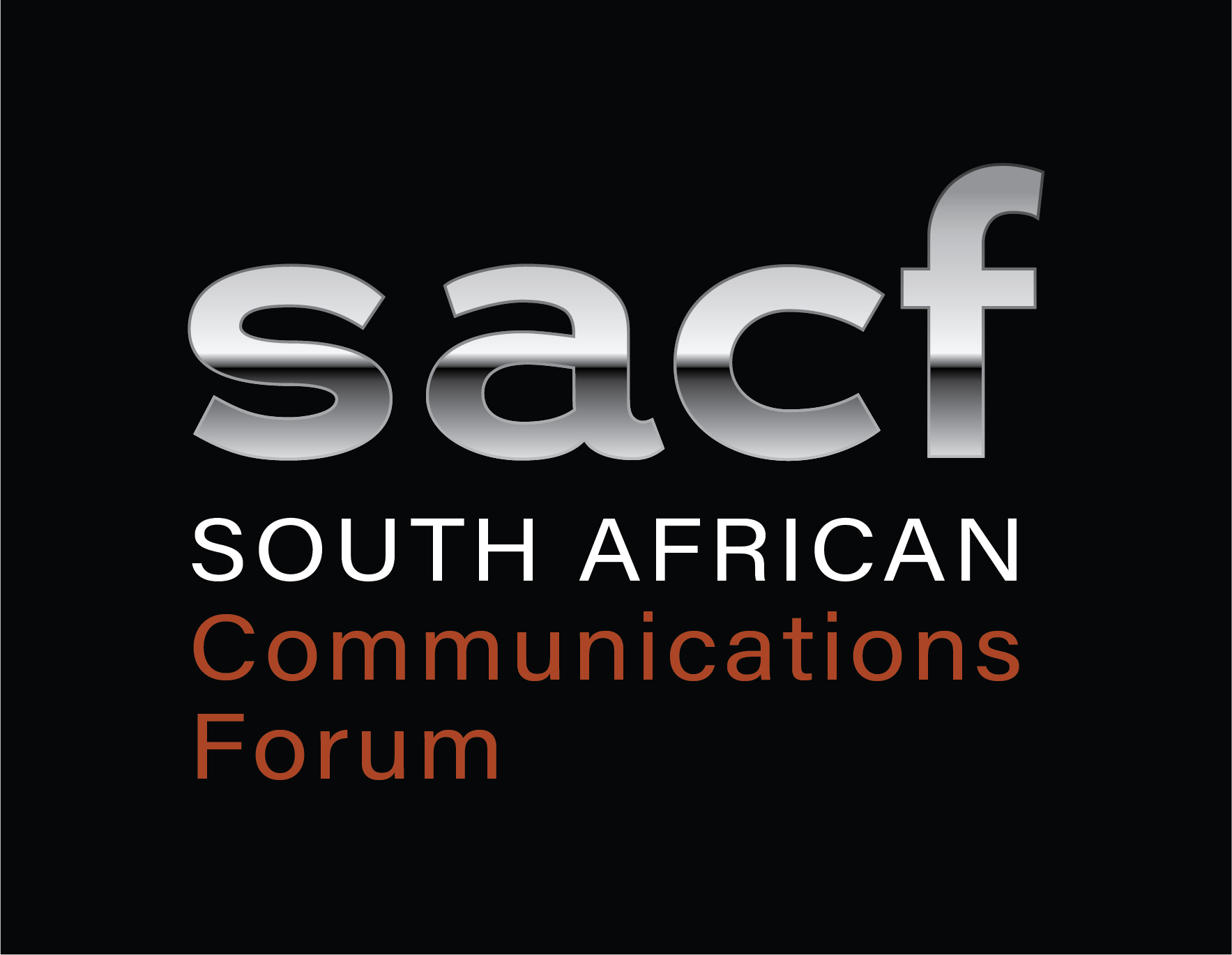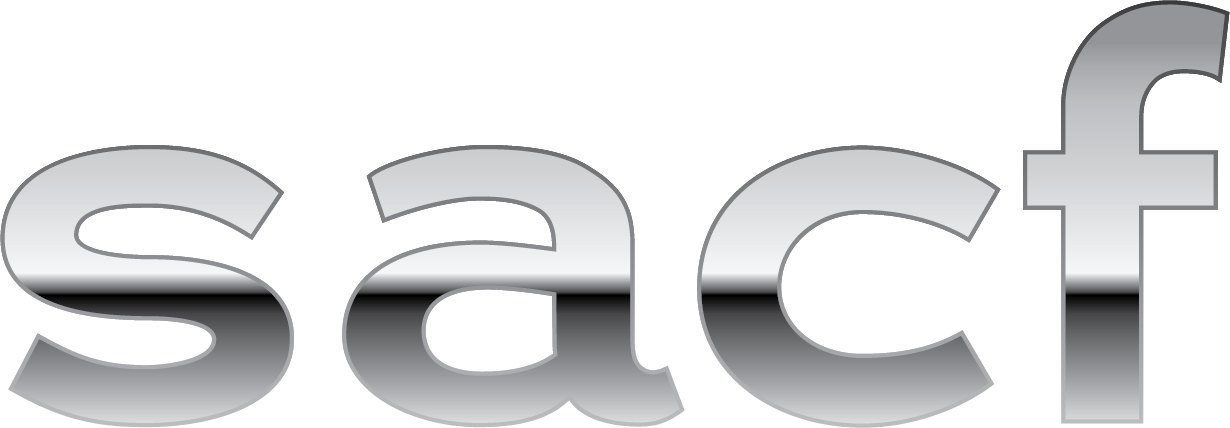It is essential that any policy is forward looking and strikes a balance between protecting current and historic investment while promoting investment in new technologies. …
Draft Radio Frequency Spectrum Assignment Plan For The Frequency Band 2500 To 2690Mhz (IMT2600)
1.1 The South African Communications Forum (“SACF”) is an industry association
in the ICT sector and enjoys the most diverse membership in the ICT sector.
Our diverse membership allows us to advance views that are balanced and
seeks to promote a sector that is inclusive, competitive, able to sustain
growth and attract investment.
1.2 The industry has been hamstrung for close to a decade and a half due to the
non-licensing of high-demand spectrum, resulting in two significant
consequences of locking out new entrants and severely constraining
incumbents in the efficient rollout of networks and services.
1.3 The SACF welcomes the Policy for High Demand Spectrum and the Licensing
of the WOAN, followed by the Information Memorandum as this the
beginning of the process to licence critical spectrum to alleviate the
spectrum crunch and introduce new players.
2
1.4 Therefore, we welcome the opportunity to comment on The Draft Radio
Frequency Spectrum Assignment Plan For The Frequency Band 2500 To
2690Mhz (IMT2600) as published in Government Gazette No. 42980 on 31
January 2020.
1.5 The SACF would like to express its interest in any processes in this regard
including public hearings.
FDD vs TDD
2. Traffic patterns demonstrate that the upload and download traffic varies,
with traffic being skewed towards download traffic over upload1.
Figure 1: Example of operator average traffic asymmetry
2.1.1 TDD facilitates an asymmetric split in traffic which is more reflective of the
traffic usage patterns. Accordingly, TDD is envisaged to be more efficient
reduce the need for guard bands thus increasing the spectrum
assignments, in the capacity bands of IMT 2600.
Figure 2: Comparison of FDD and TDD resource allocation
1 https://www.itu.int/dms_pub/itu-r/opb/rep/R-REP-M.2370-2015-PDF-E.pdf
3
2.2 While, each channelling plans offer technological benefits and challenges,
the benefits of TDD outweigh the downsides. The benefits of the use of the
TDD channel plan includes:
– Better alignment to real world traffic;
– Economies of scale
– Maximization of available spectrum in the band through the elimination of
guard band when the plan channel assignment is limited to TDD only.
2.3 In the Authority’s draft assignment plan, sets out the three channel planning
options in C1, C2 and C3.
2.4 The earlier licensing of IMT 2600, before 2012 was predominantly FDD,
although more recent assignments appear to have tended towards TDD. The
shift could be attributed to the efficiency in allocating to uplink and
downlinks which is better aligned to data usage patterns. The adoption of
TDD by populous countries such as China and India contribute to greater
economies of scale. Vendors are able to support both TDD and FDD.
2.5 As we understand it, current assignments in the IMT 2600 band is TDD.
2.6 Adopting C3 flexible approach with TDD as proposed by the Authority is likely
to increase the amount of useable spectrum.
2.7 Accordingly, the SACF supports the Authority’s proposal of the change from
C1 to C3 with a TDD channel plan.
3. Interference
We understand that interference management is an ongoing process
between the Authority neighbouring countries, we understand that this will
address any concerns about interference and will be addressed by licensees
if required.
Sincerely,
Katharina Pillay
latest submissions
-
-
It is essential that any policy is forward looking and strikes a balance between protecting current and historic investment while promoting investment in new technologies. …
by Deidre -
Type approval has been a significant bottle neck which has caused significant delays which may in part be attributed to the manual processing and has …
by Deidre -
According to the proposed Policy, the adoption of strategies and interventions to exploit opportunities presented by data and cloud computing are needed to enable the …
by Deidre -
The SACF welcomes the opportunity to comment on the section 4B Inquiry into the Role of the Authority in respect of Cybersecurity.
by Deidre -
The SACF welcomes the opportunity to comment on the Draft Code for Persons with Disabilities Regulations (the Draft Code) for further comments as published in …
by Deidre
CONTACT US
- The Work Space, 63 Bram Fischer Drive Robindale, Randburg, Johannesburg
- Phone: (+27) 11 0860 673
- Email: info@sacomforum.org.za



